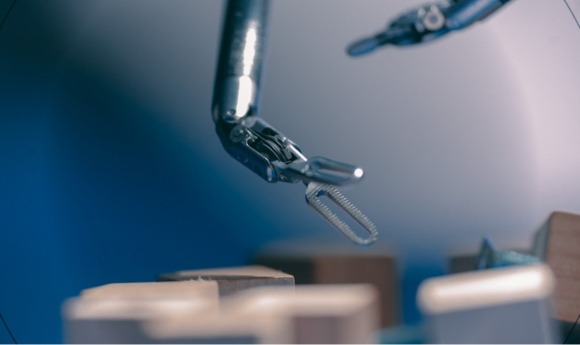
Robotic-Assisted Dental Procedures: Revolutionizing Precision in Dentistry
Robotic-Assisted Dental Procedures: Revolutionizing Precision in Dentistry
The rise of robotic-assisted technology in dentistry is transforming how dental professionals approach treatment, offering new possibilities for enhanced precision, efficiency, and patient comfort. Companies like Perceptive Robotics are leading the way with groundbreaking innovations that could redefine clinical standards and outcomes.
A Leading Example: Perceptive Robotics
Perceptive Robotics has developed a fully automated system designed to perform specific dental procedures, such as drilling and filling, with unparalleled accuracy and speed. By leveraging robotic assistance, these systems can make treatments faster, more comfortable for patients, and less prone to human error, reshaping the patient experience in dental care.
Key Benefits of Robotic-Assisted Procedures
- High Precision and Consistency
Robotic systems excel in delivering exceptional accuracy, particularly in repetitive tasks, ensuring consistent and predictable outcomes. This technology significantly reduces the risk of human error, providing a new level of reliability in dental procedures. - Reduced Procedure Time
Robotics can streamline various aspects of dental treatments, resulting in faster procedures. Shorter treatment times translate into improved patient comfort and increased operational efficiency for clinics, allowing more patients to be treated in a day. - Enhanced Safety
The programmed precision of robotic systems minimizes the chance of procedural errors, ensuring safer outcomes for patients. This heightened level of predictability in treatments sets a new standard for patient safety and care quality.
Considerations for Implementing Robotic Dentistry
- Cost and Accessibility
The high costs associated with acquiring and maintaining robotic systems make them a viable option primarily for larger dental practices. Smaller clinics may face financial barriers, limiting widespread adoption and accessibility of these technologies. - Limited Range of Procedures
Current robotic technologies are designed to handle a limited set of dental tasks. As research and development progress, the potential for robotics to assist in more complex procedures will grow, but for now, their scope remains restricted. - Training Requirements
Introducing robotic systems into a dental practice requires specialized training. The time and resources needed for training can add to the initial investment, posing another consideration for clinics looking to integrate these advanced technologies.
Looking Ahead: The Future of Robotic Dentistry
Robotic-assisted dental technology represents a significant leap forward in digital dentistry, promising increased precision, improved patient experiences, and greater efficiency. However, dental practices must carefully weigh the costs of investment, the scope of procedures offered, and the training needed to fully harness the potential of these advancements.
By embracing robotic technology, forward-thinking dental practices can elevate the quality of care and remain at the forefront of a rapidly evolving industry, setting new benchmarks in safety and clinical excellence. The continued development of robotic systems will likely expand their applications, making precision-driven dental care more accessible and effective for patients worldwide.




